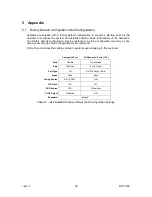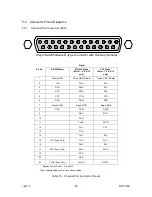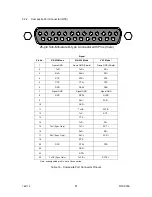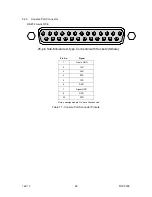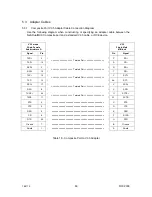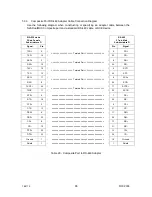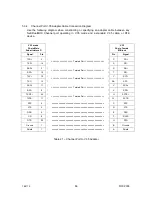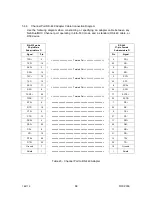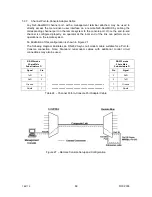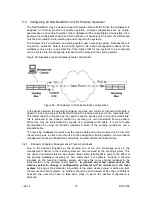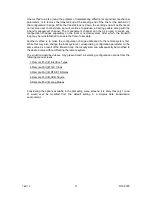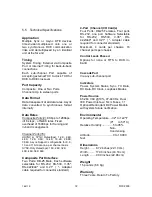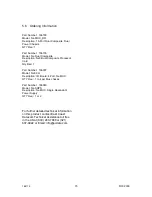
166119
8/31/2006
71
One method to work around the problem of implementing differing local and remote channel
parameters, is to remove the transmit loop at the sending end of the link for the duration of
the configuration change. While the transmit loop is down, the sending end will neither send
nor receive user channel data, but will continue to produce a framing pattern along with the
inband management channel. The management channel can then be used to make any
configuration changes separately on the local or remote system, after which, the transmit
loop may be re-established to enable the flow of user data.
Another method is to make the configuration change addressed to the remote system first.
While this may also change the local system‟s corresponding configuration parameter to the
same value as a result of the transmit loop, the local system can subsequently be modified to
the desired value without affecting the remote system.
The situation described above may present itself in selecting configuration options from the
following menu screens:
1. Remote Port (#) Interface Types
2. Remote Port (#) TxD Clock
3. Remote Port (#) RTS/CTS Delay
4. Remote Port (#) DCD Source
5. Remote Port (#) Loop Modes
Considering the options available in the preceding menu screens, it is likely that only 1) and
2) would ever be modified from the default setting in a simplex data transmission
environment.
Summary of Contents for Nx8- Dual Composite MUX High-Speed 16-Port TDM Multiplexer
Page 2: ......
Page 6: ...166119 8 31 2006 2...
Page 32: ...166119 8 31 2006 28...
Page 38: ...166119 8 31 2006 34...
Page 61: ...166119 8 31 2006 57...
Page 62: ...166119 8 31 2006 58...



